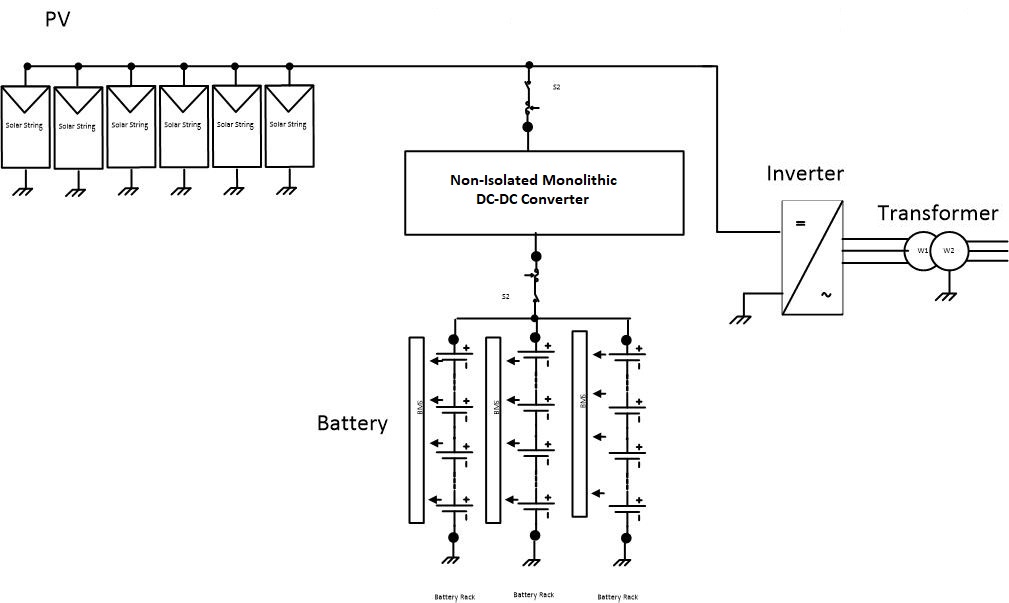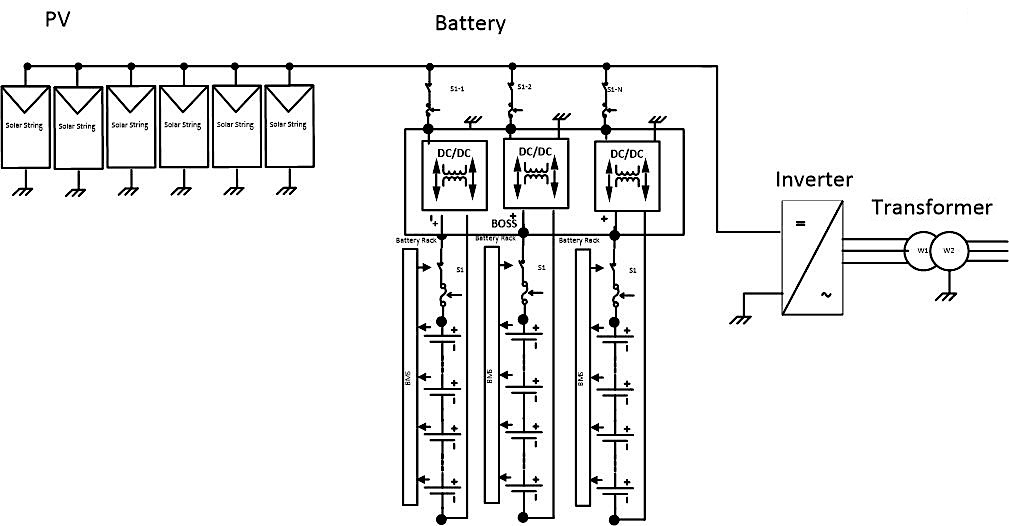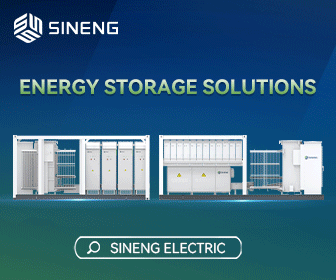Current Kills - Safety lessons from large scale ESS
What we can learn from ESS fires in South Korea, and how galvanically isolated, rack level DC-DC optimizers can improve safety and reduce the chance of fires and other mishaps.
It is well understood that large scale energy storage is the key to allowing us to achieve our clean energy utilization goals in the effort to fight climate change. Energy storage helps us overcome the biggest drawback to renewable sources of generation like solar - the issue of intermittency. Pairing renewables with storage creates the opportunity to turn clean sources of generation into truly dispatchable energy resources.
Large scale lithium ion batteries can store a huge amount of energy and make it available on demand. However, the revolutionary benefit these batteries provide comes with a major public safety drawback: large scale lithium ion batteries can catch fire, and even explode if not deployed safely. Such fires can be massive and particularly difficult to contain for first responders.
A large-scale lithium ion ESS fire in Korea being put out by first responders. Given the large amount of energy stored by these systems, fire created when they fail can be extremely dangerous and hard to contain.
One less well-known fact is that, as of 2019, South Korea is the world leader in megawatt hours of large-scale lithium ion energy storage systems (ESS) deployed. That deployment experience has also meant South Korea has seen a number of fires and other mishaps of large-scale storage systems. In June of 2019, the Korean government issued a report on the conclusions its fire investigation committee drew regarding the root cause of the 23 energy storage system fires that have occurred there since August of 2017.
In their report, Korean officials stated:
"Systems were not able to properly protect against electrical hazards due to ground faults or short circuits... The short circuit current allowed the failures cascade to the bus bar which resulted in fires inside the ESS".
All the failed systems studied were charged/discharged by a monolithic power converter that required all of the battery racks in the ESS to be connected in parallel on the same DC-bus.
One Solution
Any proposed solution must address the exact safety shortcomings in large scale lithium ion ESS found by the Korean government in their investigations. A galvanically isolated DC-DC converter charges each rack in a large scale ESS separately. This eliminates the need for common bus bar, and prevents the catastrophic failures by detecting ground faults and short circuits before they happen.
Charging and Discharging the ESS - Container vs. Rack Level
Large scale ESS solve the intermittency problem of renewables by charging during times of oversupply (when a PV plant with a DC overbuild is overproducing) and discharging when the renewable resource is unavailable (at night, in the case of solar).
There are essentially two ways to charge or discharge the battery racks in an ESS. You can parallel all of the racks on the same DC-bus or handle, or one rack at a time. So- called "monolithic" chargers require all the racks to be placed in parallel, and look at the ESS as whole. An electrical schematic of this approach is shown in Figure 1 in the context of a DC coupled Solar + ESS. In such a topology, all racks are placed in parallel, which of course leads to much higher fault current contributions (in parallel, current adds up, and, as any electrician will tell you, current kills!)

Figure 1: An electrical schematic of a DC coupled PV with ESS Monolithic Charger. In such a configuration, all racks are placed in parallel, generating a very high level of fault current and inability to detect faults at the battery rack level.
In a rack level-based charging scheme (as shown in figure 2 below) each rack can be controlled individually; all the racks are not required to be placed in parallel, which significantly reduces the fault current contribution of the ESS.

Figure 2: Providing galvanic isolation to LI battery racks offers many safety benefits, including being able to detect harmful faults before they occur
How to Improve ESS's Safety
Charging and discharging each rack in the ESS individually reduces overall fault current potential. More importantly, isolating each rack can detect faults at the rack level before they occur.
Talk to any major lithium ion battery manufacturer and they will tell you that their racks should be floating, not grounded. This is for safety reasons: by allowing racks to float, two faults are needed to cause an issue. Should any cell get damaged and short to a grounded case, the loss of isolation can be immediately detected, and the entire battery rack safely removed from the battery container by the PMS. This allows for the kinds of dangerous faults found in the Korean system to be detected much earlier, before tragedy strikes.
Using a monolithic charger forces a reactionary approach. Additionally, the monolithic DC-DC converters typically deployed today are not isolated, which is an especially problematic approach when pairing batteries and PV on the same DC bus. As such, these units basically have to rely on very large fuses and for contactors to react when danger strikes. These are the exact devices that were found to have failed in the Koreans' investigations.
In short, a major takeaway from the ESS fires observed in Korea is this: A rack of prevention is better than a container of cure.
 Hanan Fishman is the President of Alencon Systems. He has over 20 years' experience in technology development and commercialization. In his role at Alencon, he is responsible for managing all aspects of the company's operations, including business development, product sales, marketing, engineering, and production teams.
Hanan Fishman is the President of Alencon Systems. He has over 20 years' experience in technology development and commercialization. In his role at Alencon, he is responsible for managing all aspects of the company's operations, including business development, product sales, marketing, engineering, and production teams.
Alencon | alenconsystems.com
Author: Hanan Fishman










